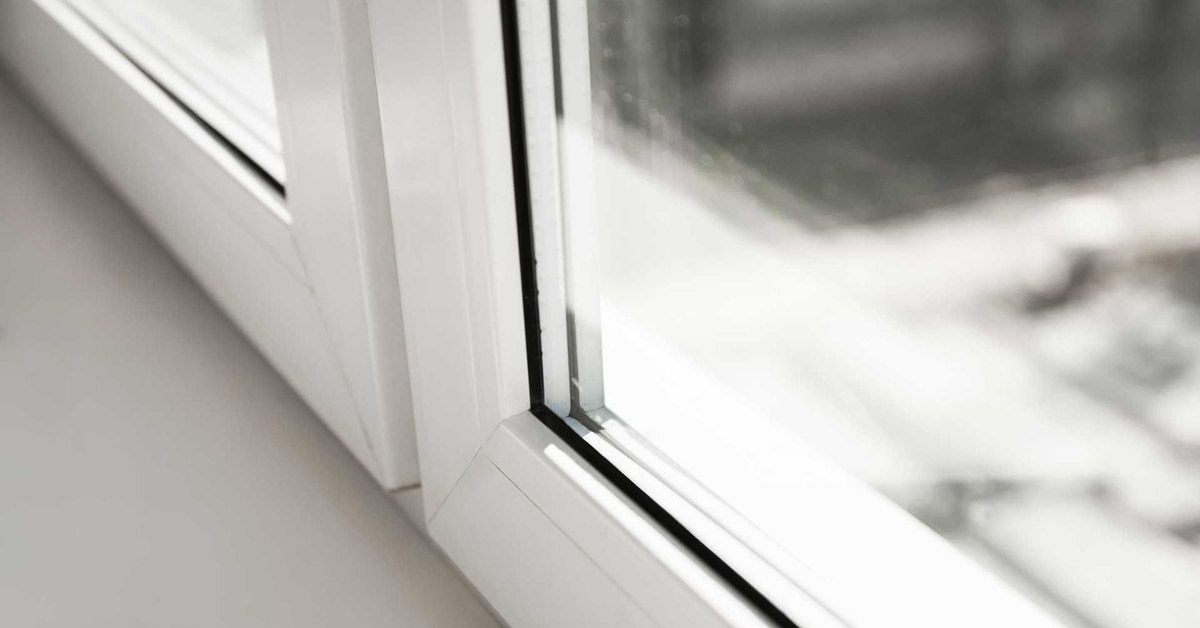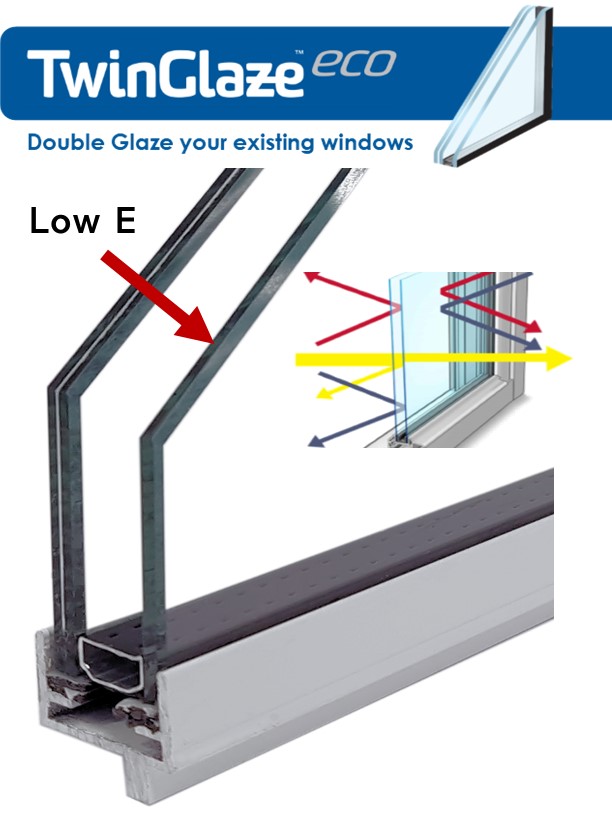All Categories
Featured
Table of Contents
5 Benefits Of Double Glazing Windows in South Fremantle WA
That window can transmit more solar heat in winter than in summertime. A west-facing window on a summer season's afternoon has an angle of incidence from near 0 up to 30 with a large reliable location of solar radiation. A north-facing window, in summer season, has a high angle of occurrence and a low reliable area of solar radiation, so can transfer less heat than a west-facing one.

You can rapidly and easily improve the thermal performance of your house by replacing your windows. There are thousands of types of glass and frames to choose from.
What Are The Advantages Of Double Glazed Windows? in Neerabup Perth
Single glazing with clear glass is not extremely efficient when it comes to heat loss or gain. To improve performance, you can utilize single glazing with a more energy-efficient type of glass such as low emissivity (low-e) glass.
The energy efficiency of IGUs also depends on: the homes of each layer of glass. Various glass types (for example, clear and low-e glass) can be put together in an IGU.
How Does Double Glazing Keep Heat Out? in Nedlands WA

IGU cavities can be filled with air or a more inert, low-conductivity gas such as argon the width of the cavity. Cavity thickness is generally 6 to 18mm. Wider cavities provide lower (much better) U worths, with 12mm typically accepted as the favored gap how well the cavity is sealed. Cavities need to be dry and well sealed to prevent wetness getting in.
If argon is set up to the cavity in place of air, wetness is dependably left out the level of desiccant (drying agent). The spacer (metal or polymer strip) that separates the glass layers consists of a desiccant to soak up any wetness. Inadequate desiccant might trigger wetness to condense on the glass surface area in cold conditions, reducing thermal performance.
Which Is The Best Type Of Double Glazing? - Which? - Which.co.uk in Palmyra WA
IGUs can deliver much better energy performance for all climates, particularly in heated and air-conditioned houses. Cross-section detail of single, double and triple-glazing systems Low emissivity glass (commonly referred to as low-e glass) minimizes heat transfer. Low-e glass might be either high or low transmission: High transmission low-e glass has a finishing that enables daylight from the sun to pass into the house to attain good solar heat gain, however reduces the quantity of the long wavelength infrared heat that can escape back through the window.
Low-e glass has either a pyrolytic coating or a vacuum-deposited thin film metal finishing. Pyrolytic coverings are resilient and can be utilized for any glazing; vacuum-deposited coverings are soft and are just utilized within IGUs. Low-e coatings can significantly improve both U worth and SHGC; however, they should be used correctly or they will either degrade or stop working to carry out as needed.
Double Glazing Vs Triple Glazing: Which Should You Choose in Wandi WA
Low-e finishes can be utilized in combination with clear, toned or reflective glass. Low-e finishes on glazing can lower heat transfer where needed Picture: Department of Market, Science, Energy and Resources Toned glass has colouring ingredients included during manufacture. It is offered in various colours, normally bronze, grey, blue and green.
Table of Contents
Latest Posts
Which Type Of Glass Is Best For Energy Efficiency? - A&l Windows in Medina WA
Double Glazing Versus Secondary Glazing in East Victoria Park Western Australia
A Complete Guide To Double Glazed Windows in Kewdale Perth
More
Latest Posts
Which Type Of Glass Is Best For Energy Efficiency? - A&l Windows in Medina WA
Double Glazing Versus Secondary Glazing in East Victoria Park Western Australia
A Complete Guide To Double Glazed Windows in Kewdale Perth